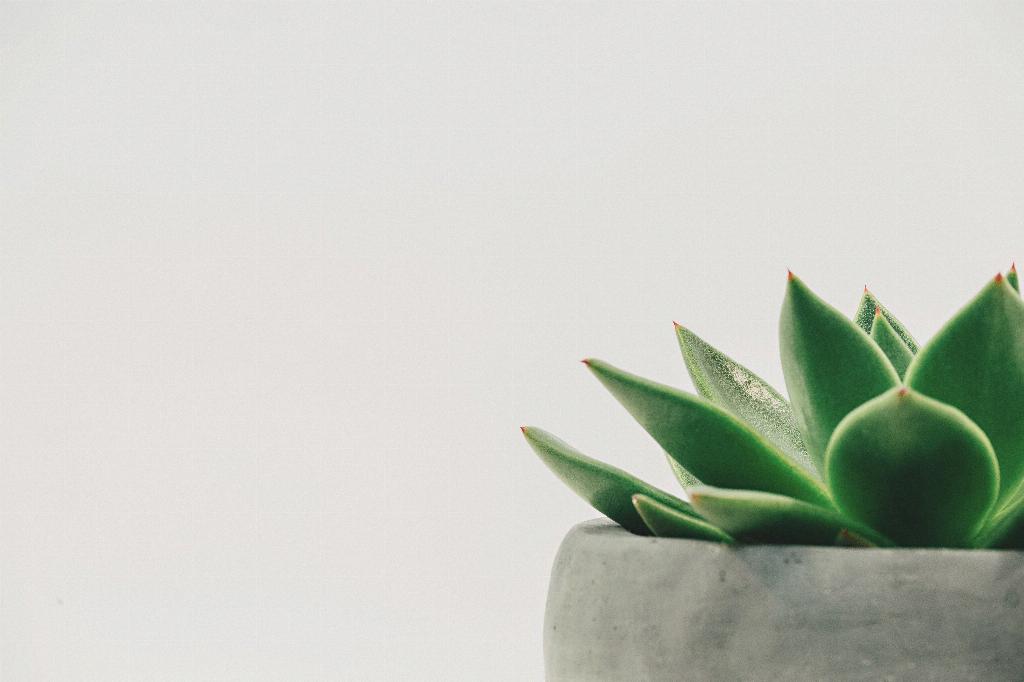One key aspect of caring for a succulent plant is to go easy on the water. These plants are adapted to store water in their leaves and stems, so they don’t need frequent watering. It’s essential to let the soil dry out between waterings to prevent root rot.
Choosing the Right Containers
When planting succulents, opt for containers with drainage holes to ensure proper water drainage. Planting in well-drained soil will also help prevent water from pooling at the roots, promoting healthy growth.
Optimal Growing Conditions
Keep your succulent plants in a warm environment, but avoid extreme heat as they are not as tolerant as cacti. Providing them with the right amount of sunlight will keep their colors vibrant. During the winter months, allow them to rest by reducing watering frequency.
Suitable Light Exposure
It’s crucial to get the light right when caring for succulents. Place them in a location where they receive adequate sunlight, typically around 6 hours of indirect sunlight per day. Rotate the plants occasionally to ensure even growth.
Temperature and Humidity Control
Maintain a comfortable temperature for your succulents, avoiding extreme fluctuations. Proper ventilation is essential to prevent humidity buildup, which can lead to fungal issues. Consider grouping your succulents together to create a microclimate.
Fertilizing Routine
While succulents don’t require frequent fertilization, you can feed them with a diluted, balanced fertilizer during their active growing season. Avoid over-fertilizing, as this can harm the plants. A monthly feeding schedule is typically sufficient.
Pruning and Grooming
Regularly inspect your succulent plants for any dead or damaged leaves. Prune these off to encourage healthy growth and prevent disease spread. Grooming your succulents will also enhance their appearance and overall health.
Pest and Disease Control
Keep an eye out for common succulent pests such as spider mites and mealybugs. To control these pests, you can gently wipe the affected areas with a damp cloth or use insecticidal soap. Preventing overwatering can also help prevent many common succulent diseases.
Propagation and Repotting
If you wish to propagate your succulent plants, you can do so through leaf or stem cuttings. Ensure the cuttings have ample time to callus before planting them in well-draining soil. Repotting should be done every few years to refresh the soil and provide more space for growth.
Seasonal Adjustments
Adjust your care routine based on the seasons. During the warmer months, succulents may require more frequent watering due to increased evaporation. In contrast, reduce watering during the cooler months to accommodate their dormancy period.
Monitoring and Observation
Regularly monitor your succulents for any signs of stress or disease. Observing their growth patterns and responding promptly to any issues can help ensure the long-term health and vitality of your plants. Remember that each succulent species may have specific care requirements, so it’s essential to research their individual needs.

Conclusion
Caring for succulent plants can be a rewarding experience, allowing you to witness their unique growth patterns and vibrant colors. By following proper watering techniques, providing optimal growing conditions, and addressing any pest or disease concerns, you can enjoy a thriving succulent garden in your home. Remember to adapt your care routine based on seasonal changes and always prioritize the health and well-being of your plants.
